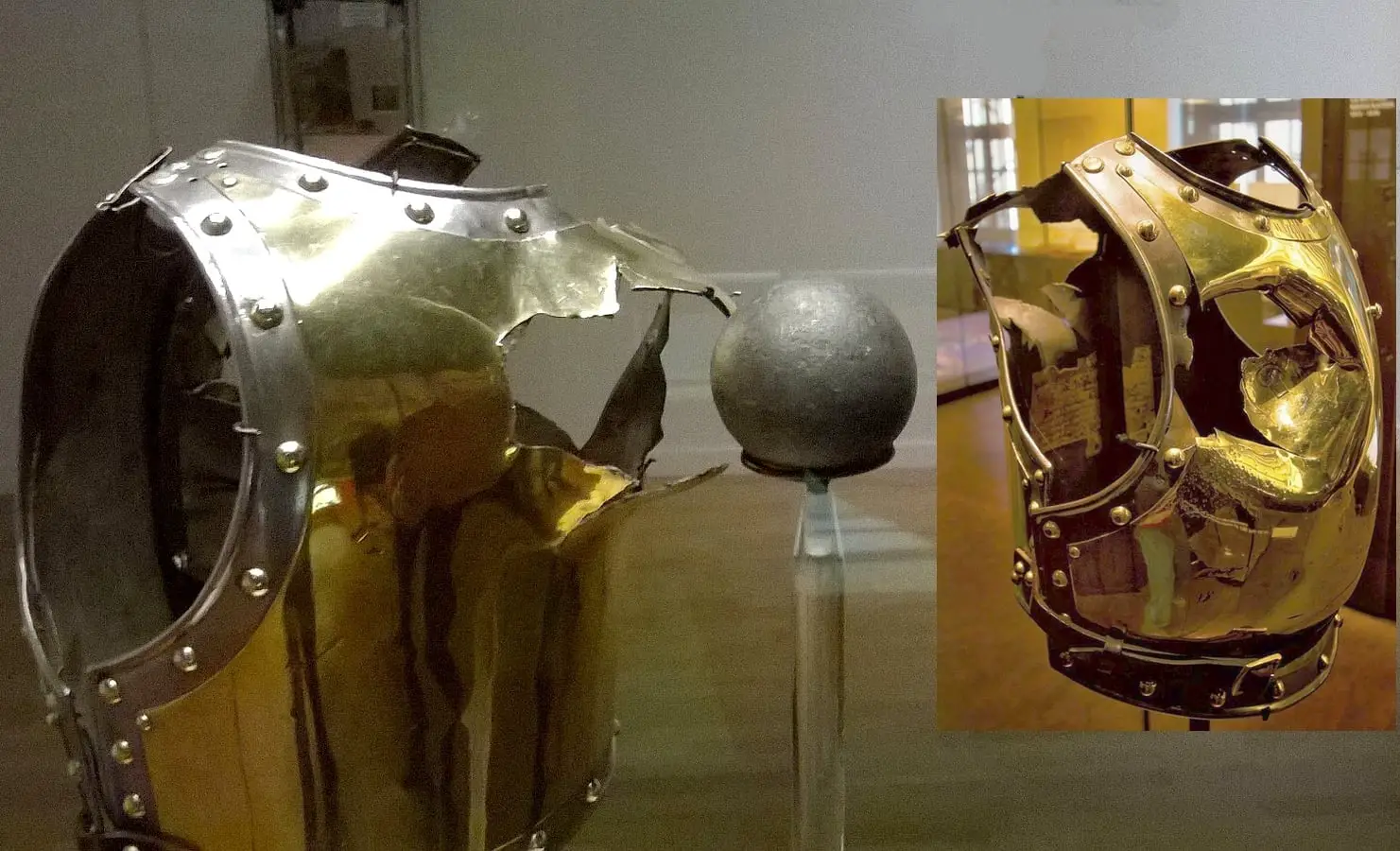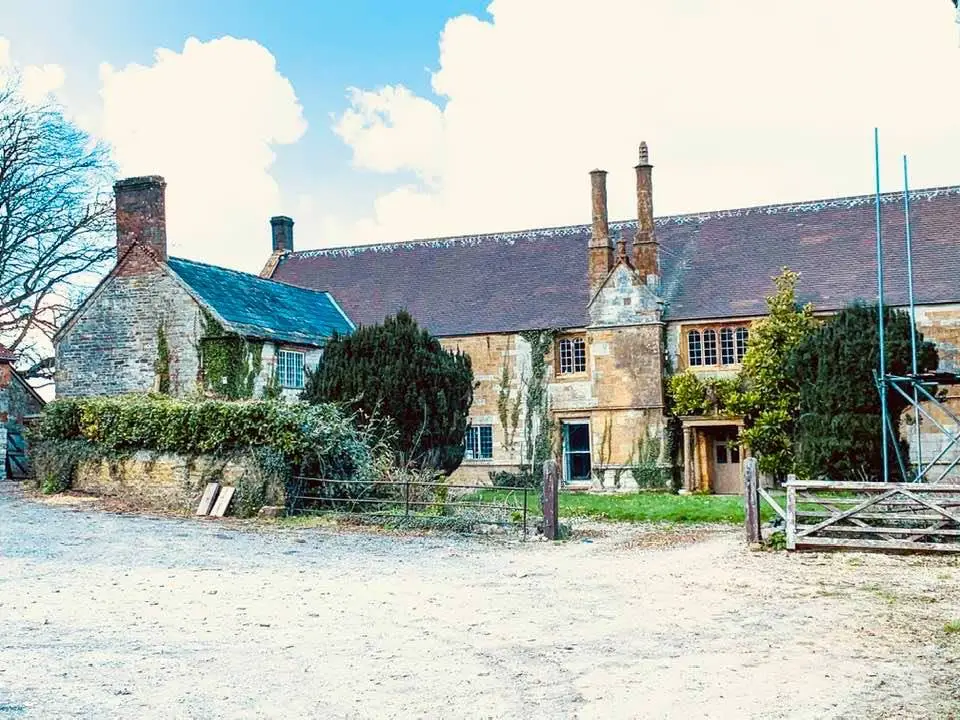Appian Way: There are many ancient and amazing sights to see in Italy – in Rome in particular. There is the Colosseum. The Sistine Chapel in Vatican City. And then there is the Roman Appian Way.
The oldest and most sophisticated examples of early road engineering ever constructed, built in 312 BC.
The Appian Way is beautifully well-preserved. Polished by thousands of years of rain and weather. Thousands of years of cart wheels, horses, and feet passing over them. When you yourself walk along the Way, you really are walking back in time. You are walking in the footsteps of history.
Contents
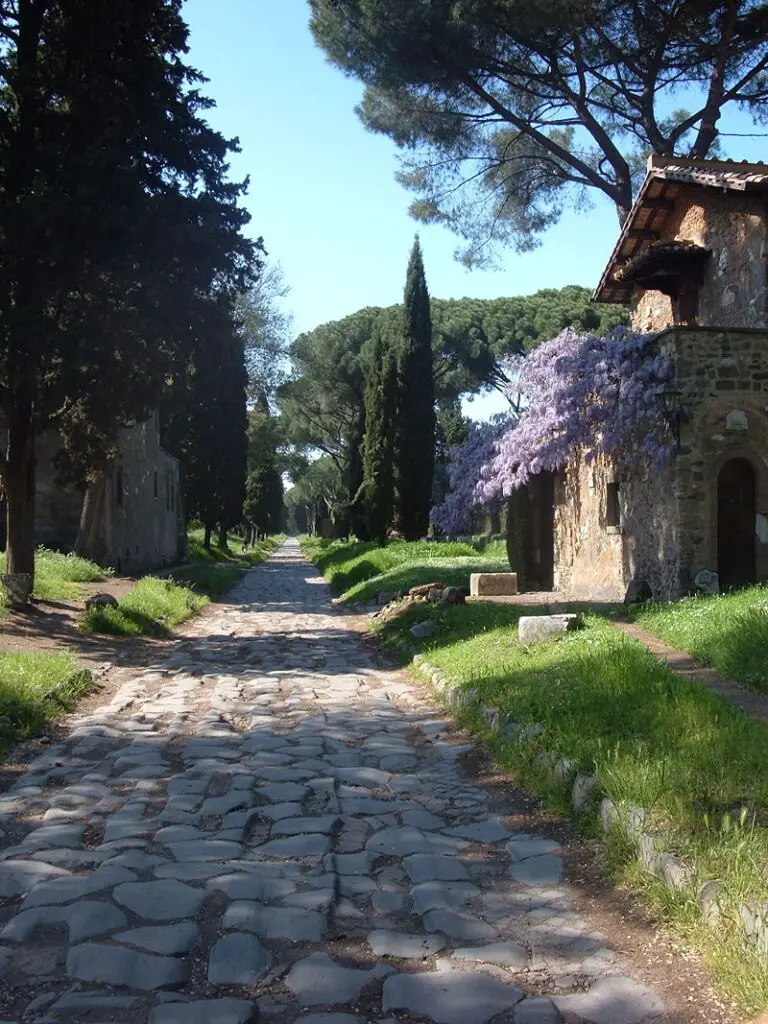
Emperors
You are walking next to Roman emperors, saints, merchants, legionnaires, scholars, and keep your eye out for St. Peter, and the spot where he had a vision of Jesus.
The road runs from Rome to Brindisi, a port in southern Italy. Located in the “heel” region of the country on the Adriatic Sea. Conceived as a thoroughfare that allowed for the movement of soldiers and goods needed during the Samnite Wars.
Today it is one of Italy’s biggest tourist draws attracting thousands from all over the world.
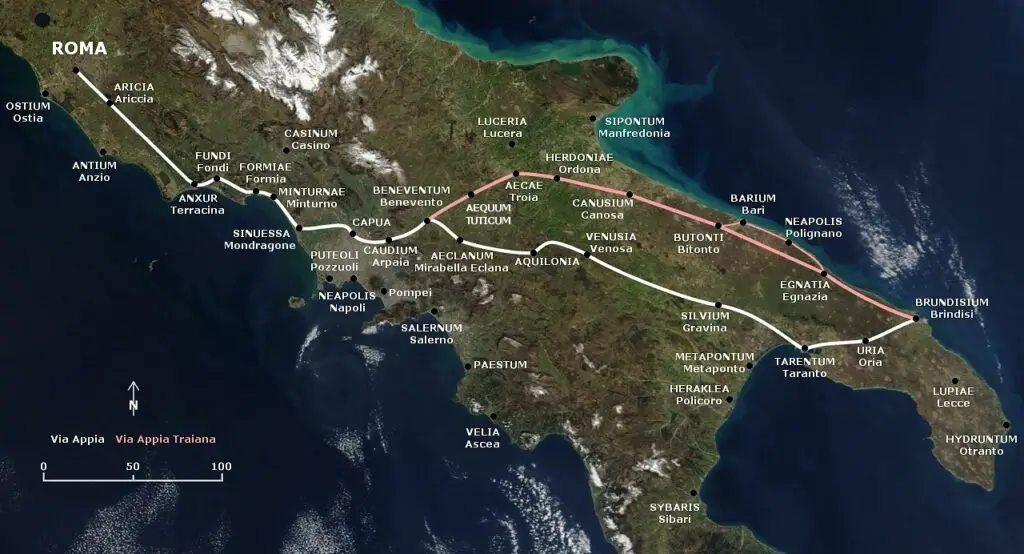
War
The road was the idea of censor Claudius Caecus. He wanted to devise an efficient method for delivering military necessities during the war. Men, equipment, food, and general supplies without geography slowing the movement down.
The Appian Way cuts through hills, marshes, and runs along the coast, not allowing geography to impede its construction.
The road was built of massive, heavy stone blocks, sealed with limestone mortar and then overlaid with blocks of lava.
The skill of the engineers ensured all fitted together snugly and evenly. On average. the road is about 20 feet wide. Like all Roman roads, it was built with an excellent drainage system.
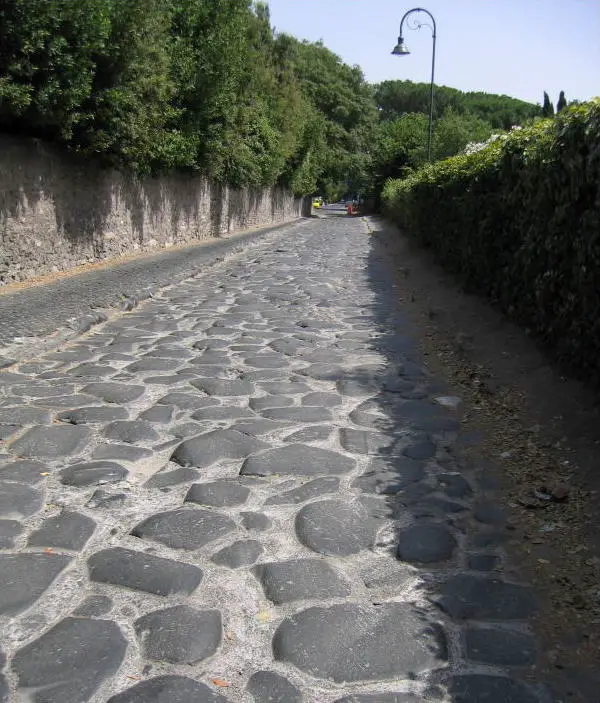
Appian Way 312 B.C.
This composition meant that the road became smooth over time, and withstood lots of travel by heavy carriages. A new road running parallel to it has been built. However, there are still portions of the road extant just outside Rome.
The Appian Way was built by engineers and slaves in phases but ultimately ran 400 miles. A construction feat that bordered on being miraculous in 312 BC.
While its primary purpose was the expeditious movement of military goods from one place to another. The road was used for many other things, too.
It enables those in power during the Roman Empire to reach out to countries to the east, including Greece. And it allowed for smoother movement of trade goods within Italy, too.
It isn’t only the road itself that remains such a unique draw today. Along the route, there are marvellous examples of Roman sculpture, including several monuments and towering columns.
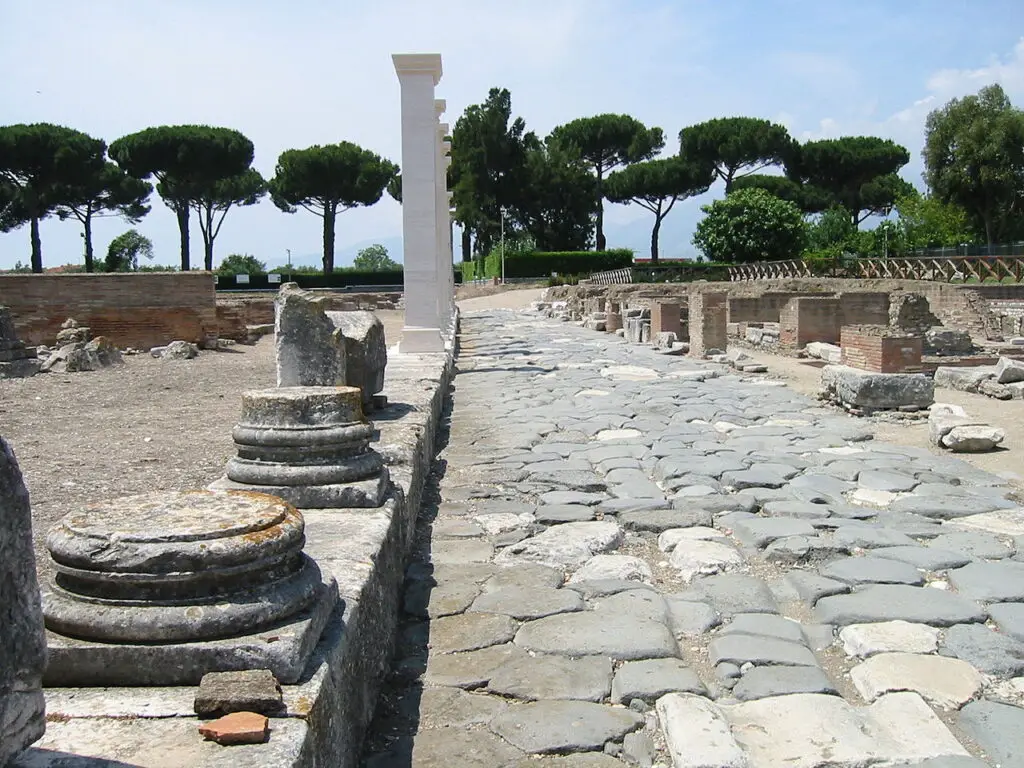
St Peter
The road earned the praise of politicians and poets alike. Roman poet Statius describes it as “the queen of (the) long-distance roads.”
Just outside of Rome, the first 10 miles of the Appian Way are preserved. They are within the boundaries of a regional park.
Along the road are the Christian catacombs, which were followers of Christ. Those who didn’t have large financial resources, buried their dead in mass graves, on land owned by nearby, wealthier citizens. These eerie underground plots stretch for many miles, and many layers down into the earth.
Also along the route is a small, modest church built in the 9th century. The location (the story goes) where Peter had a vision of Jesus Christ. He told Peter he was going back to Rome to face his fate. Scholars say a stone on the floor within the church is said to be imprinted with the footprints of Christ himself.
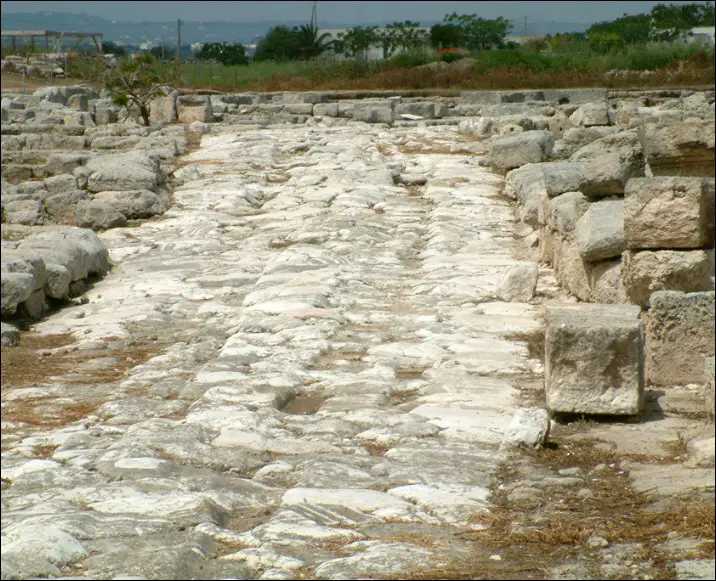
The ‘New’ Road
Other roads were built by men in Rome after the Appian Way. But the “Via Appia Antica,” as the Italians call it, is 2,000 years old. It also has a unique, ancient look and feels that mesmerizes visitors and is the pride of all Italian citizens.
Whether traveling on foot or on a bicycle, touring the Appian Way is a must-see. It is a must-do stop on any visit to Italy.
If you like this article, then please follow us on Facebook and Instagram
Another Article From Us: Roman Stadium Buried for 2000 Years
It is a quick subway and bus ride from Rome’s center to the start of the park. And spending several hours walking along it is like taking a journey back in time. The road is a marvel of engineering prowess and a testament to the durability of Roman transportation innovation.
If ever one thing, in particular, inspired the adage, “all roads lead to Rome,” the Appian Way is it.


